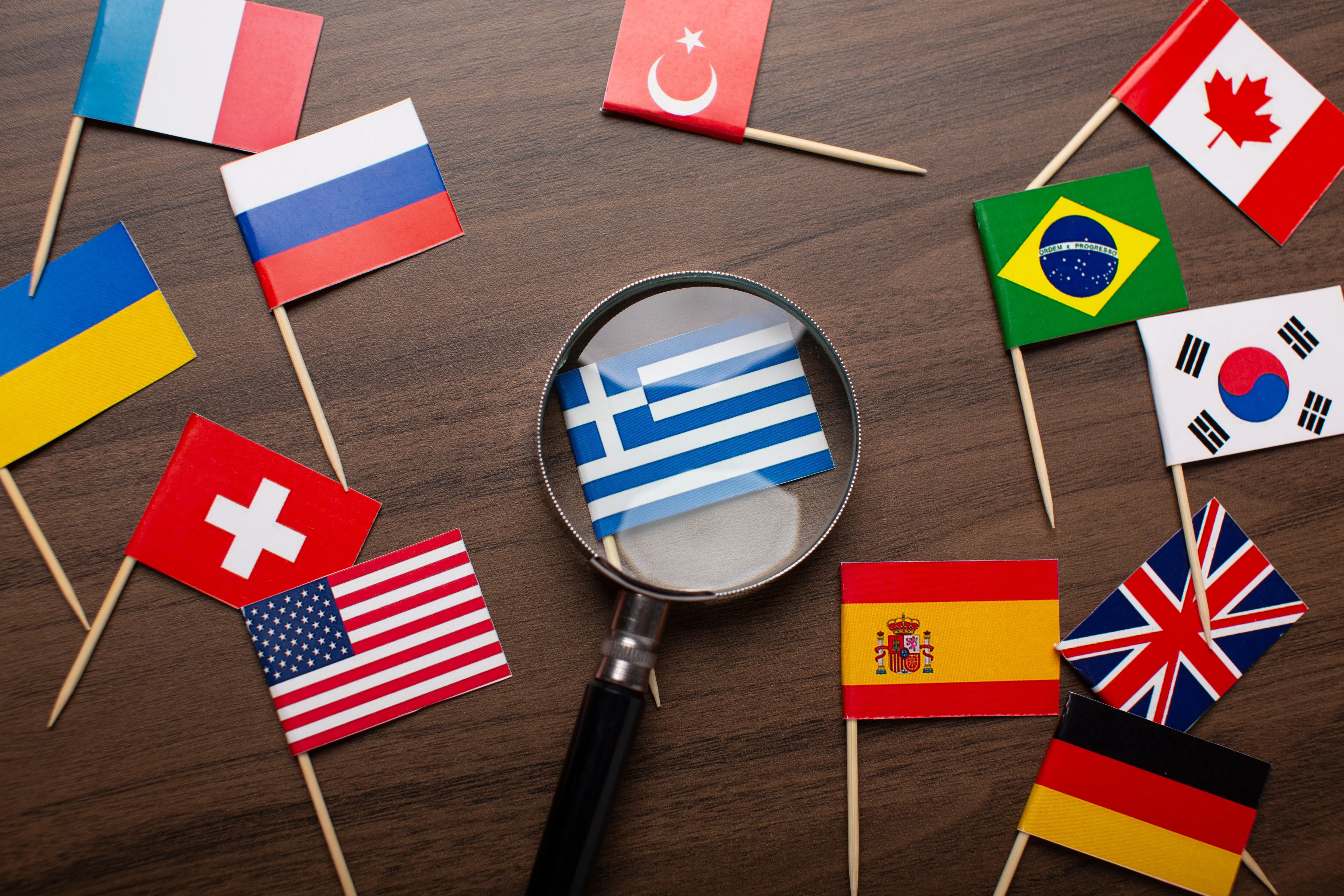Country Languages
Country Languages
Language serves as a vital component of cultural identity, reflecting the unique heritage and traditions of different countries around the world. In this exploration of country languages, we delve into the rich tapestry of linguistic diversity, examining how languages shape national identity, communication, and cultural expression.
Diversity of Country Languages: A Global Perspective
Across the globe, countries boast an array of languages, each with its own distinct characteristics and cultural significance. From widely spoken global languages such as English, Spanish, and Mandarin to indigenous and minority languages spoken by smaller communities, the linguistic landscape of countries is incredibly diverse. This diversity is influenced by factors such as historical colonization, immigration patterns, and cultural preservation efforts, resulting in a rich mosaic of languages that contribute to the tapestry of human civilization.
National and Official Languages: Symbols of Identity and Unity
For many countries, the choice of national or official language holds profound symbolic significance, serving as a unifying force that binds diverse populations together. National languages often reflect the dominant culture and history of a country, embodying its values, traditions, and collective memory. In some cases, countries adopt multiple official languages to recognize and accommodate linguistic diversity within their borders, fostering inclusivity and promoting cultural heritage preservation.
Preserving Indigenous and Minority Languages: Safeguarding Cultural Heritage
Despite the prevalence of dominant languages, many countries are home to indigenous and minority languages that face the threat of extinction due to globalization, urbanization, and cultural assimilation. Efforts to preserve and revitalize these languages play a crucial role in safeguarding cultural heritage and promoting linguistic diversity. Governments, communities, and linguists collaborate on initiatives such as language revitalization programs, preservation of oral traditions, and documentation of endangered languages to ensure the survival of these linguistic treasures for future generations.
Language and Cultural Expression: Shaping Art, Literature, and Identity
Language serves as a powerful medium for cultural expression, shaping art, literature, and identity in profound ways. Through poetry, music, literature, and theater, countries celebrate their linguistic heritage and express their unique cultural identity. Languages carry with them the nuances of history, folklore, and worldview, providing a window into the soul of a nation and its people. From epic poems and folk songs to contemporary literature and cinema, country languages serve as vehicles for storytelling, expression, and connection across generations.
Language Policies and Education: Nurturing Linguistic Diversity
Language policies and education systems play a crucial role in nurturing linguistic diversity and promoting multilingualism within countries. Governments enact policies to support the teaching and preservation of indigenous and minority languages, ensuring that all citizens have access to education in their mother tongue. Bilingual and multilingual education programs provide opportunities for individuals to learn and appreciate multiple languages, fostering cross-cultural understanding and respect for linguistic diversity.
Conclusion
In conclusion, country languages represent a cornerstone of cultural identity and heritage, reflecting the diverse tapestry of human experience across nations. From national and official languages to indigenous and minority languages, linguistic diversity enriches our understanding of the world and fosters connections between people and cultures. By preserving and promoting linguistic heritage, countries celebrate their unique cultural identities and contribute to the global mosaic of languages that define our shared human experience.
FAQs
How many languages are spoken in the world?There are estimated to be over 7,000 languages spoken around the world, with varying degrees of usage and vitality.
What is the role of language in cultural preservation?

